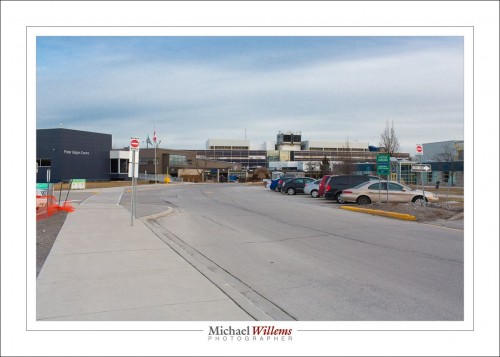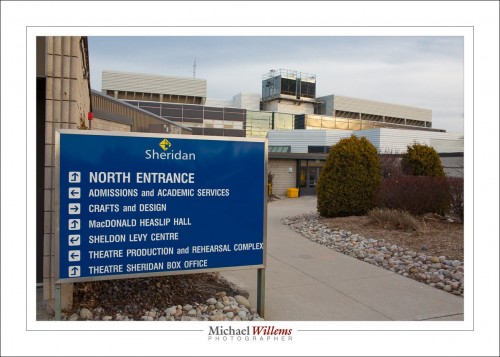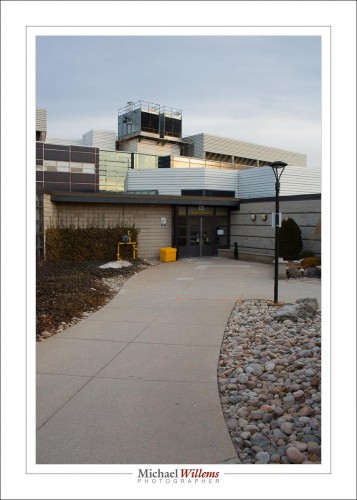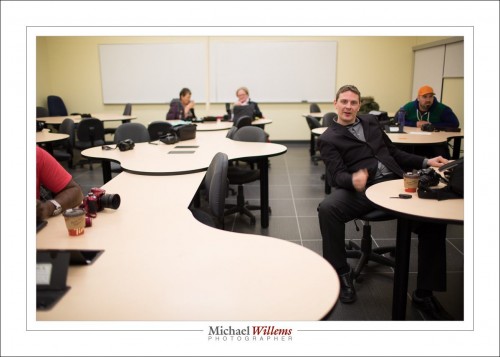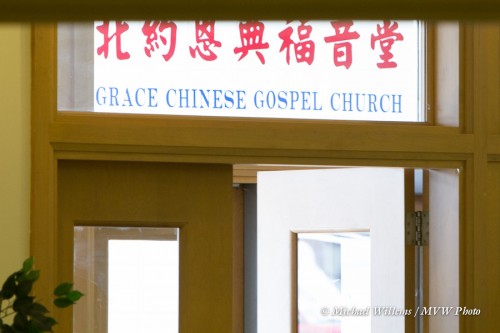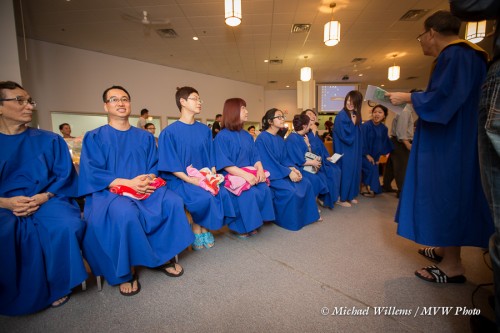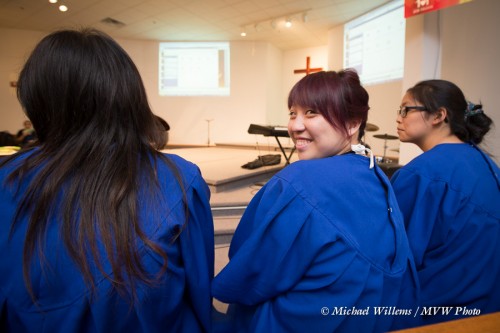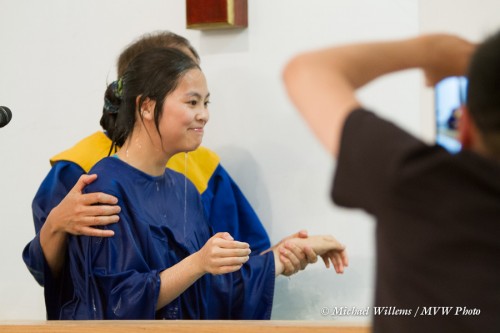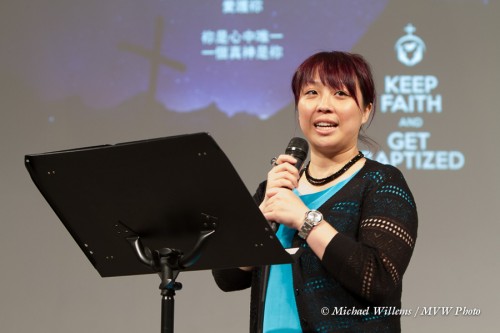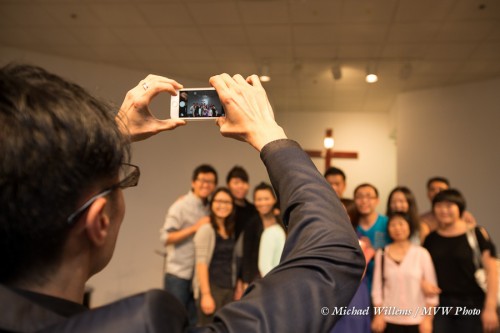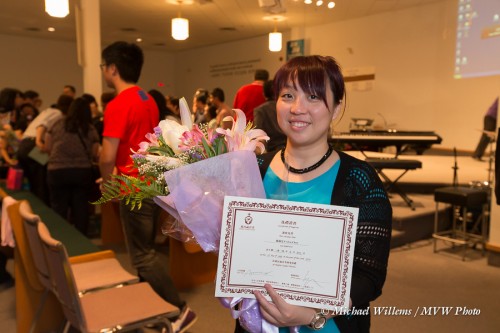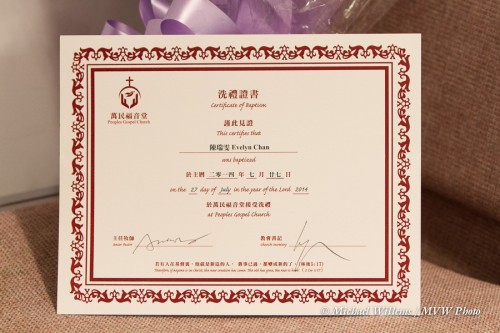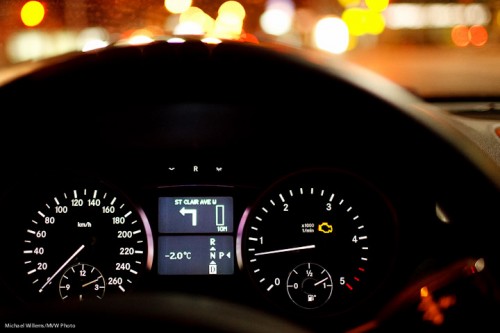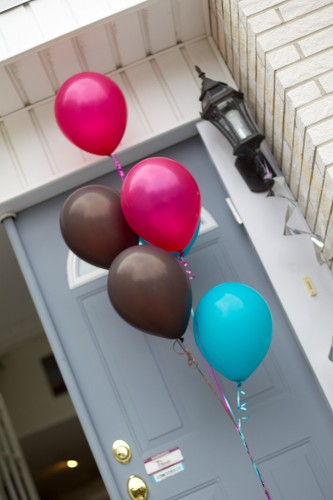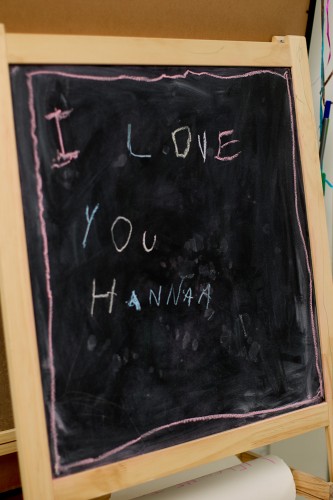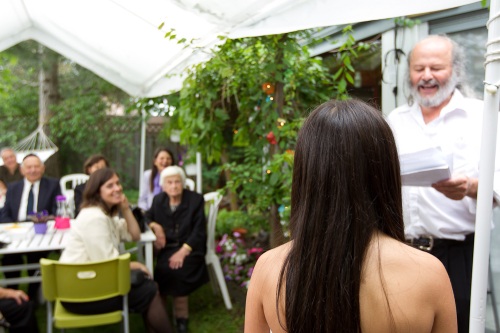Even in the smallest ways, you can tell stories, and even in snapshots there is thought, Like tonight, as I walked to class. I shot a little four-image story.
First, the all-important overview “establishing shot”:
Shows where we are going. Namely Sheridan College, where I teach several photography courses. I used the “Sunny Sixteen Rule” to set the camera without using the light meter. Partely overcast at 7pm, that is about 3 stops down from sunny at noon. So, 400 ISO, 1/400 sec, f/5.6 (5.6 being three stops down from “sunny” 16).
Then, let’s add some depth, some 3D, and at the same time let’s tell the viewer where we are:
Showing depth? That’s done by using “close-far”. A close-by object very close to you, with the background showing far away. That shows us there is depth in the photo; that it is not flat, in other words.
That being done, now let’s use a nice curve, a converging one at that, to imply that we are going in, by showing “the path”:
And now that we are there, let’s see the class, during a break:
Again, nice S-curves lead the viewer’s eye into the photo. Focused on the person closest to us. Using the Rule of Thirds.
The point? The point is that you can, and should, apply “high rules” to “low snaps”; and that this makes them better. Enjoy!

